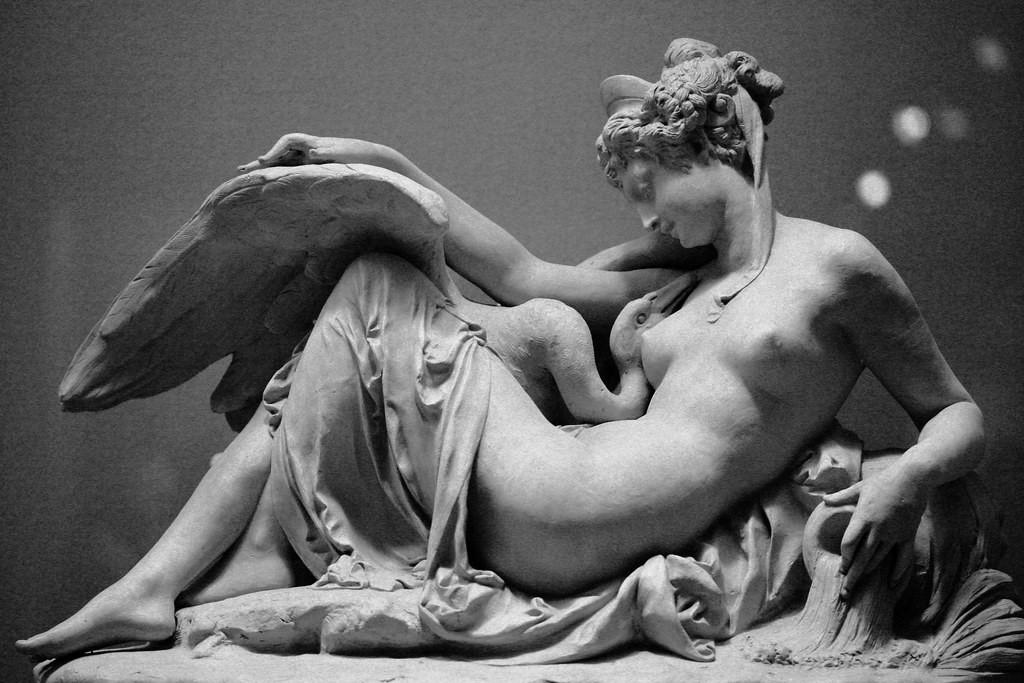Summary
The classical period of Greek art was strongly connected with the political and cultural aspects of history. The economic growth and democratic wealth established after the Greeks’ flawless victory over the Persians influenced the artists’ minds and the image they tried to perform in their works. The basic ideas for the Classical Greek artworks were popular philosophical movements of idealism and humanism. Following these ideas, artists focused on depicting the fundamental nature of the human. Statue pose became more realistic, and body forms were primarily oriented on true-to-life patterns.
The Classical period traditionally includes three sub-periods: early, high, and late. The first one focused on performing harmony and success as a result of the recent victory. The artists of the second one illustrated the image of peace, prosperity, and power, which, through art, was supposed to encourage the people of Athens to acknowledge the superiority over Sparta. The late classical period started from Sparta’s victory and included a slight change in figure proportions and facial expressions. Throughout all the periods, artists tried to estimate the perfect ratios of different parts of the human body and depicted emotions correlated with the relevant historical and political events.
Following the philosophical ideas of humanism and idealism, the Classical period artists strived to depict the ideal gods-like human as a center of creation. They considered art as a form of ultimate beauty, thanks to which people could get mental significance. The man had the role of the ruler of powerful nature. That is why many works of the Classical period showed detailed images of flora and fauna. However, the main aim of Greek artists was to illustrate the inner beauty and mental power of humans who took their emotions and desires under control.

For my analysis, I chose the sculpture “Leda and the Swan” created by Timotheus. According to the myth, Leda is the daughter of the Aetolian king Festia and the wife of the Spartan king Tyndareus. Captivated by the beauty of Leda, Zeus appeared before her in the form of a swan and took possession of her. After that, Leda gave birth to Helen of Troy, the critical figure of Greek mythology.
Greek humanism
Humanism is a philosophical view considering man and personality as the central values. Humanism in Greek Classical artists’ works implied the equalizing of men and Gods. Thus, the sculpture had realistic figures, natural movements, and peaceful poses. Depicting the gentle forms of the woman’s body, the author pointed out her natural beauty and calmness. She lies over the swan, Zeus, and gently touches his wings, provoking his temptation. Another feature of humanism is the natural but also graceful position of the woman. The sculpture shows the equal relationships between Zeus and Leda, reflecting the idea that people are mortal Gods.
Greek idealism
Idealism is a philosophical view that implies that matter is not of significance and only the spiritual dimension, mind, and matter. Idealism requires creating the image of a human being, capable of thinking, an ideal substance close to the gods. The aim of the author to convey the spiritual point by using real human proportions. We can find the features of idealism in the sculpture “Leda and Swan”.
The first feature is that, according to the myth, Zeus was tempted by the beauty of the Leda, which shows us that she was as perfect as a Goddess. The author showed the beauty of a natural woman’s body, emphasizing her facial expression. Her face reflects the gentle love and awareness of her position and the honor she was given. Thoughtful eyes turned to Zeus showing her concerns about the sense of her existence.